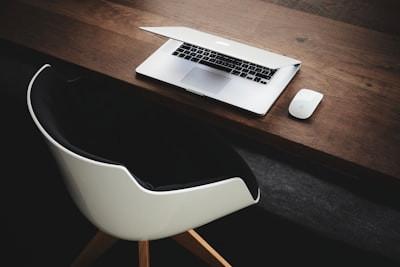When to work: How to optimize your daily schedule for energy, motivation, and focus
Curated from: blog.rescuetime.com
Ideas, facts & insights covering these topics:
6 ideas
·65.4K reads
79
1
Explore the World's Best Ideas
Join today and uncover 100+ curated journeys from 50+ topics. Unlock access to our mobile app with extensive features.
Personal Productivity Curves
A lot of the internal things that affect our productivity are out of our control. Our energy, focus, and motivation follow their own path or “productivity curve” throughout the day.
- Fighting against your personal productivity curves leads to overwork, feeling overwhelmed, and burnout.
- If you learn to work with your natural peaks and valleys, it can tell you exactly when you should schedule each part of your day.
3.16K
14.6K reads
Energy curves
We’re naturally more energetic and motivated at specific times of the day. Researchers call this our Circadian Rhythm. Every person’s rhythm is slightly different, but the majority follow a similar pattern.
- Waking up. Our energy levels start to naturally rise.
- Around 10 am. We’ve hit our peak concentration levels that start to decline and dip between 1-3 pm.
- Afternoon. Our energy levels rise again until falling off again sometime between 9–11 pm.
3.63K
11.3K reads
90 Minute Cycles
We work best in natural cycles of 90-120 minute sessions before needing a break. When we need a break, our bodies send us signals, such as becoming hungry, sleepy, fidgeting, or losing focus.
If you ignore these signs and think you can just work through them, your body uses your reserve stores of energy to keep up. It means releasing stress hormones to give an extra kick of energy.
3.9K
11.3K reads
Stress curves
Studies have found we’re actually more effective when we’re stressed. Up to a point.
The right amount of stress at the right time can make us more productive. This requires awareness of your stress levels and how they’re affecting the work at hand.
2.98K
9.63K reads
Communication curves
There’s a simple curve to how email usage affects our productivity. No email = OK productivity. But as we start to use more email, we become more productive thanks to more access to information and collaboration. But this only works to a point.
Once you cross that threshold, more email usage drops productivity to a point where nothing gets done.
2.53K
8.52K reads
When to work
How to design the perfect day based on your productivity curves.
- Discover your daily energy/motivation curve.
- See when you’re hitting your communication threshold. You might want to schedule specific times to check email, like during a break in the morning and again in the afternoon.
2.92K
9.89K reads
IDEAS CURATED BY
Cash 's ideas are part of this journey:
Learn more about productivity with this collection
How to establish a positive team culture
How to collaborate effectively
How to build trust with a new team
Related collections
Similar ideas
10 ideas
Habits to Increase Your Energy
scotthyoung.com
5 ideas
Time blocking 101: A step-by-step guide to mastering your daily schedule
blog.rescuetime.com
Read & Learn
20x Faster
without
deepstash
with
deepstash
with
deepstash
Personalized microlearning
—
100+ Learning Journeys
—
Access to 200,000+ ideas
—
Access to the mobile app
—
Unlimited idea saving
—
—
Unlimited history
—
—
Unlimited listening to ideas
—
—
Downloading & offline access
—
—
Supercharge your mind with one idea per day
Enter your email and spend 1 minute every day to learn something new.
I agree to receive email updates
